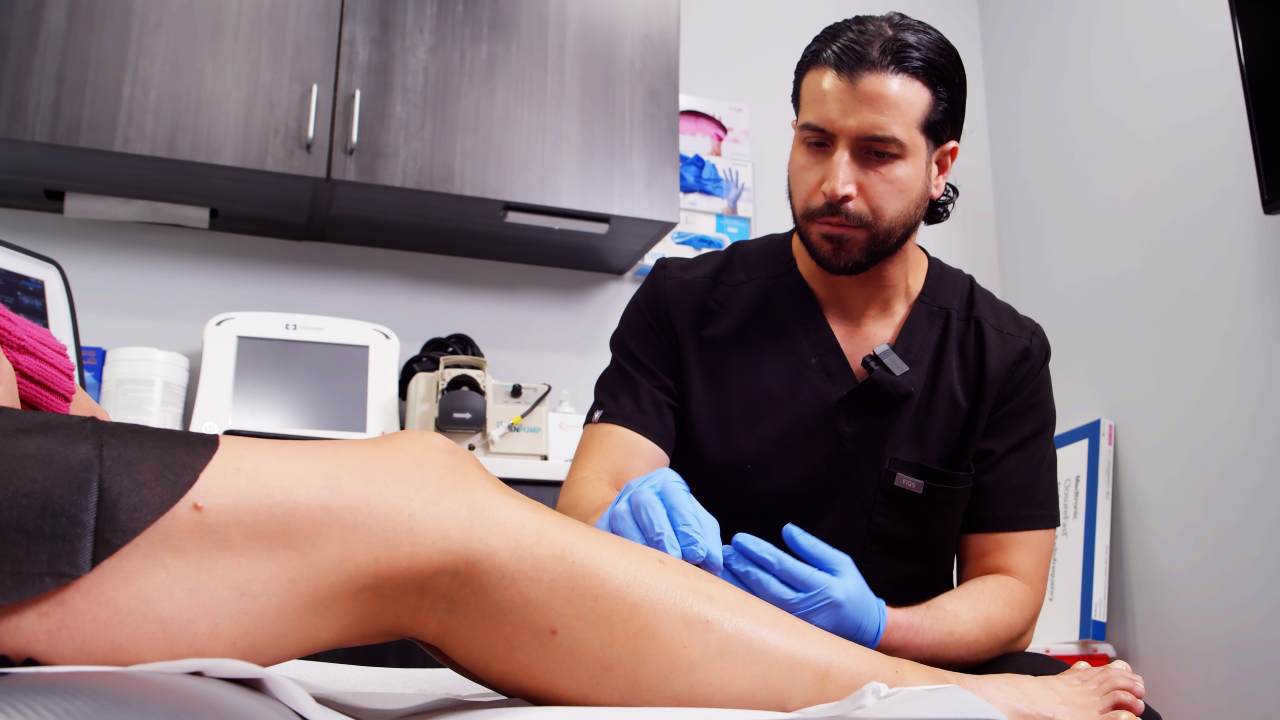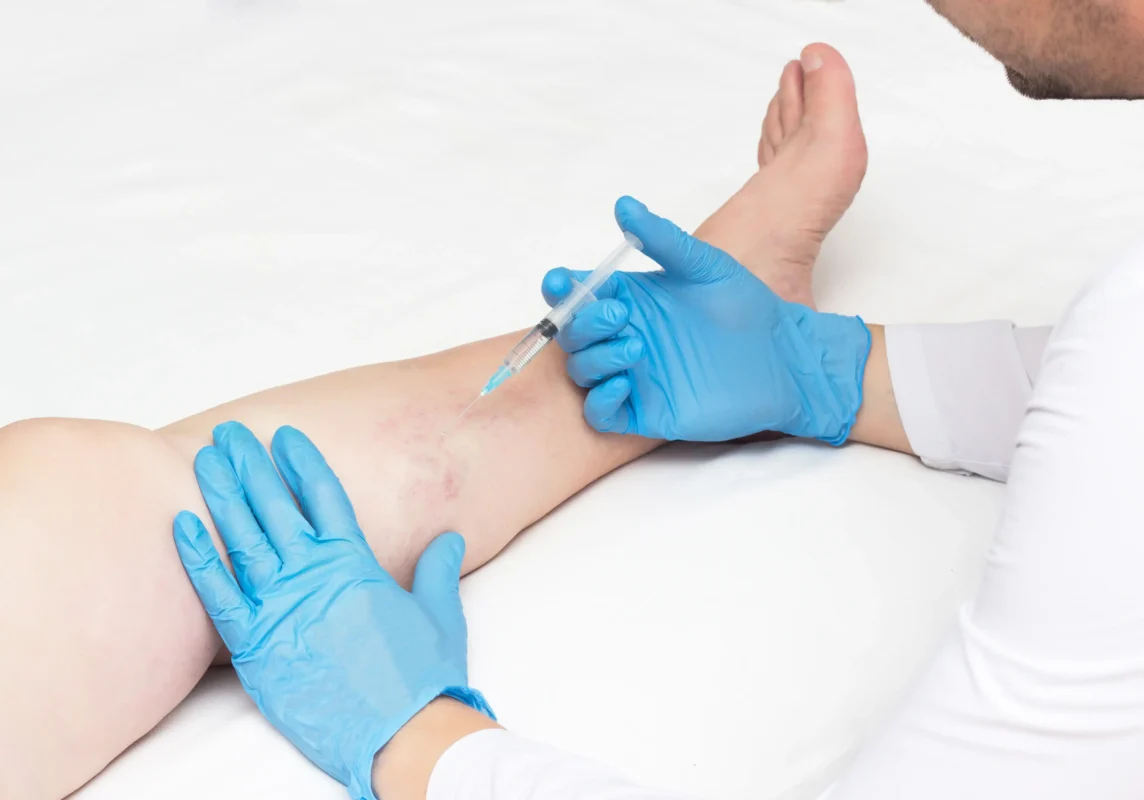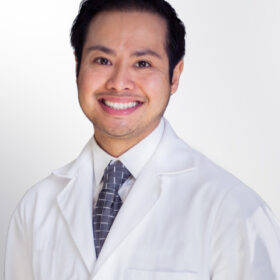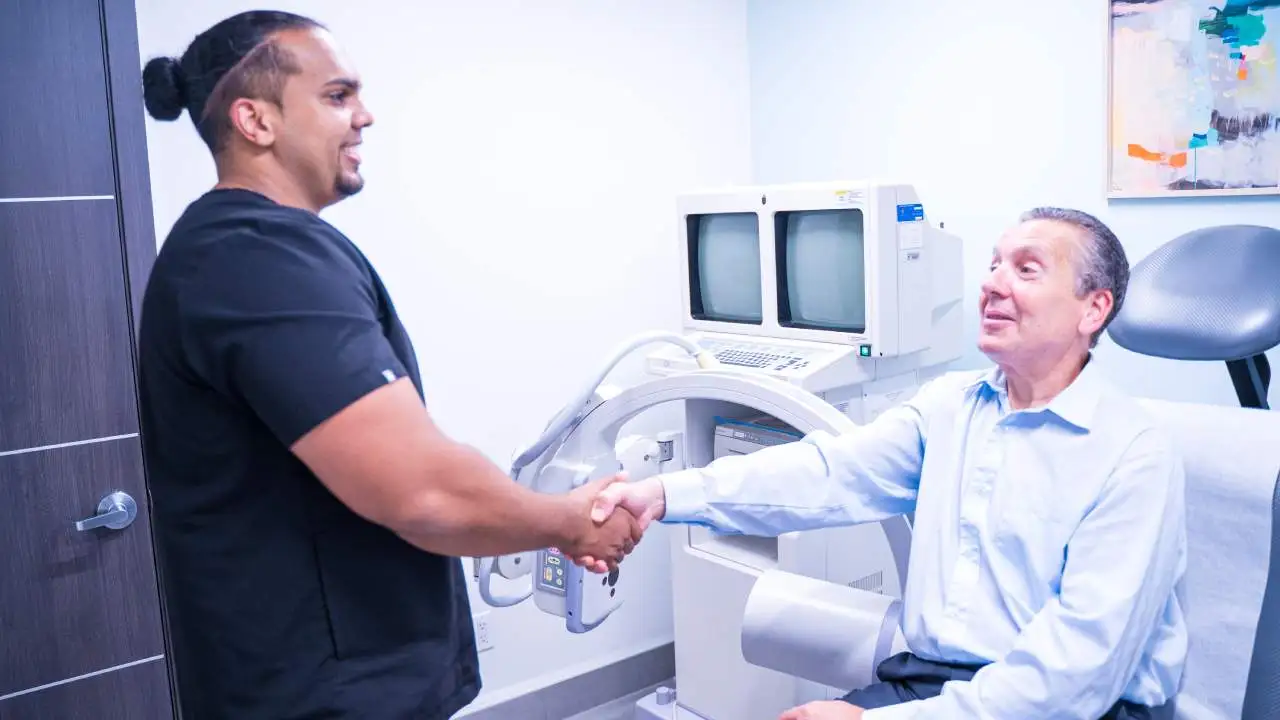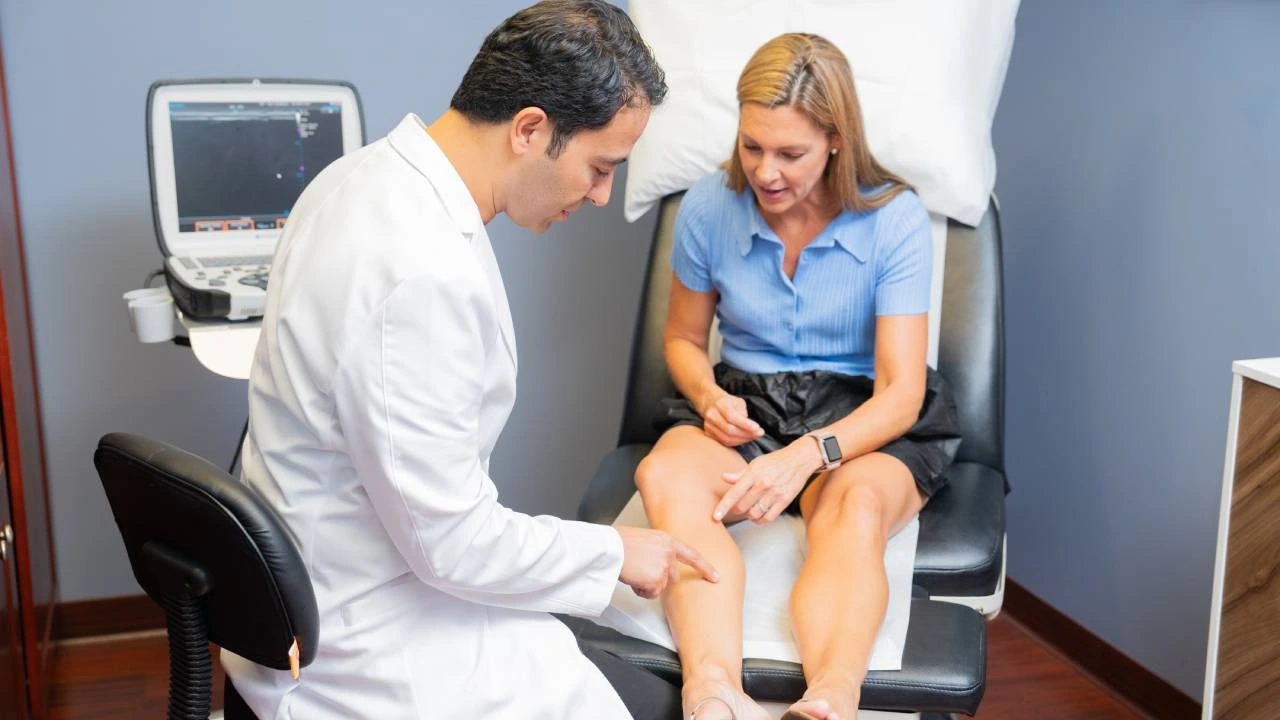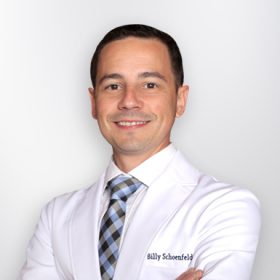Varicose veins, also known as varices or varicosities, primarily affect the legs and can significantly interfere with daily activities due to pain and discomfort. Although they can develop in both men and women, they are more common in women due to genetic factors, pregnancy, menopause, weight gain, and prolonged use of hormonal contraceptives.
While men can also develop varicose veins, those who are overweight or spend long hours standing or sitting are at higher risk. Regardless of the cause, effective varicose vein treatment options are available to alleviate symptoms, prevent complications, and restore confidence by improving the appearance of the legs.
Why Treat Varicose Veins?
Treating varicose veins is essential for several reasons:
- Symptom Relief: Treatment helps alleviate pain, itching, swelling (edema), and cramps.
- Preventing Complications: Untreated varicose veins can worsen over time, leading to ulcerations, skin discoloration, bleeding, and other severe symptoms.
- Improved Confidence: Large, twisted varicose veins can be visually unappealing, affecting self-esteem. Treatment restores the smooth appearance of the legs, enhancing confidence and comfort.
If varicose vein treatment is required, your vein specialist may recommend six months of conservative treatment, including compression stockings, exercise, and proper leg elevation. These measures help improve circulation and may reduce symptoms. However, if conservative treatments do not provide relief, minimally invasive procedures like sclerotherapy o radiofrequency ablation may be recommended.
Sclerotherapy for Varicose Veins
If varicose veins are small to moderate in size, sclerotherapy is often the preferred treatment. This procedure involves injecting a sclerosing agent into the affected veins, causing them to collapse and be reabsorbed by the body.
How Sclerotherapy Works
A sclerosing agent is injected into problematic veins, causing their walls to collapse and eventually disappear. This method is most commonly used for treating spider veins and smaller varicose veins. Today, the preferred technique is ultrasound-guided foam sclerotherapy, which allows for greater precision and effectiveness.
Effectiveness of Sclerotherapy
Sclerotherapy is highly effective, with an 84% success rate in studies. However, multiple sessions may be needed to fully eliminate varicose veins. Traditional liquid sclerotherapy is less effective compared to the ultrasound-guided foam method, which ensures better outcomes and reduces the likelihood of recurrence.
Possible Side Effects
While generally safe, sclerotherapy may cause minor side effects, including:
- Headaches
- Skin discoloration
- Temporary vision issues
- Dizziness
- Blood clot formation
Patients can typically resume normal activities shortly after the procedure, with minimal discomfort. Compression stockings are recommended for at least a week post-treatment to support circulation and healing.
Radiofrequency Ablation (RFA) Therapy
Radiofrequency ablation (RFA) is one of the most advanced treatments for larger varicose veins. This minimally invasive, endovenous procedure uses heat energy to close off damaged veins, preventing blood from pooling in them.
How RFA Works
RFA, also known as endovenous thermal ablation, involves inserting a catheter into the affected vein. The catheter emits heat, causing the vein to collapse and seal shut. Over time, the treated vein is absorbed by the body, and blood flow is redirected to healthier veins.
Procedure and Recovery
- The procedure takes approximately 30 to 45 minutes.
- Local anesthesia is used to numb the treatment area.
- Patients can return to normal activities the same day or the following day, although heavy lifting and intense exercise should be avoided for about a week.
- Initial results become visible within two weeks, with full effects seen after a few months.
Advantages of RFA
- Minimally invasive: Requires only a small incision, reducing scarring and recovery time.
- Quick recovery: Most patients resume daily activities immediately.
- High success rate: Provides long-term relief from varicose veins.
Potential Side Effects of RFA
Like any medical procedure, RFA may have minor risks, including:
- Blood clots
- Skin bruising
- Nerve damage
- Mild discomfort or swelling
However, these side effects are rare and usually resolve on their own within a few days to weeks.
Choosing the Right Specialist for Treatment
If you have varicose veins, you must seek treatment from a highly qualified vein specialist. Our vein doctors are Ivy League-trained in vascular treatments and pain management. Varicose veins can be effectively treated using ultrasound-guided sclerotherapy or radiofrequency ablation. These minimally invasive procedures offer high success rates with minimal downtime. Seeking early treatment is crucial to prevent complications such as ulcers, bleeding, and deep vein thrombosis.
If you are experiencing pain, discomfort, or self-consciousness due to varicose veins, consult a trusted vein specialist at Vein Treatment Clinic today. Early intervention can prevent worsening symptoms and improve your quality of life.


